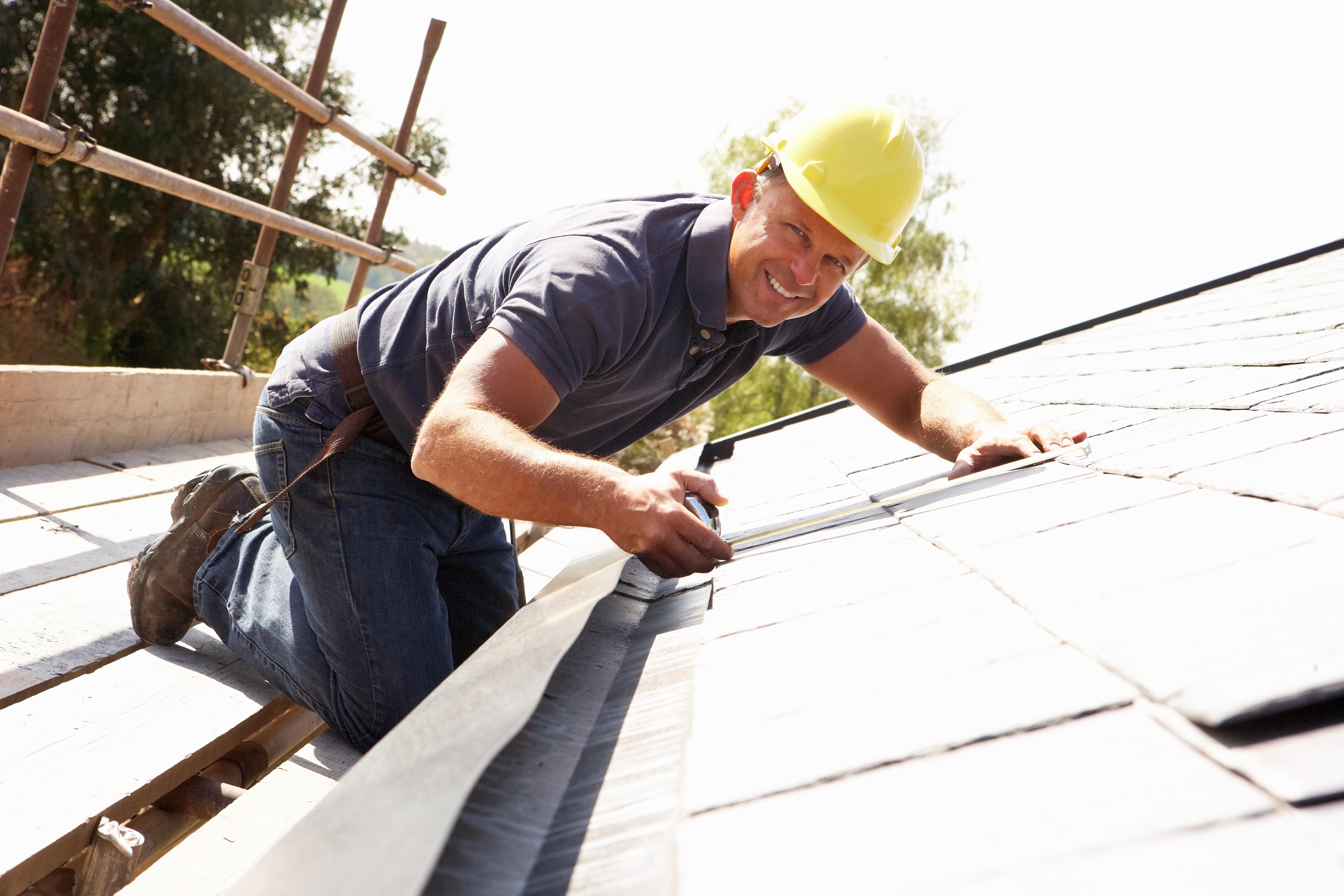A Simple Test to See If You're Up to Installing Your Own Roof
(NewsUSA) - Sponsored by GAF - Think you're up to tackling the fourth most dangerous job in America? Well, that's what you'd be doing if you decide to install your own new roof.
- Sponsored by GAF - Think you're up to tackling the fourth most dangerous job in America? Well, that's what you'd be doing if you decide to install your own new roof.
According to the latest figures from the Bureau of Labor Statistics, even police officers have less chance of dying on the job than professional roofers do. And yet countless do-it-yourselfers risk life and limb every year to try to save some bucks and/or prove they know their way around a pneumatic nail gun.
"There's no better way to meet an orthopedic surgeon - or an undertaker - than by spending an extended amount of time on your roof," cautions PopularMechanics.com. "One small slip or misstep, and it's a long way down."
With that caveat in mind, here are three questions to ask yourself before committing:
* Are you comfortable with heights?
You may have had a great time going hot-air ballooning with friends, but it's an entirely different thing being up 40 feet on a roof knowing that - even after you've ripped out all the old roofing and checked for damage - you still have to install things like leak barrier and roof deck protection before you can even think about nailing on new shingles.
Again, all while 40 feet off the ground.
And all while wearing rubber-soled boots to (hopefully) keep you from tripping on a slick spot, safety glasses to (hopefully) keep you from injuring an eye with an errantly hammered nail, and a harness to (hopefully) keep you from plummeting to the ground when working on a steeply pitched roof. * Are you as strong as you think?
You'd better hope so because you'll be lugging what feels like tons of roofing material and equipment up a ladder.
The equipment alone includes (but isn't limited to): an air compressor, a circular saw, a hack saw, an electric drill, a saw horse, a roofing shovel, a claw hammer, a framing hammer, a chisel, and the aforementioned pneumatic nail gun, which has been described as "basically a weapon."
And that ladder? Not only will you need to position it exactly right for safety reasons (extending it 36 inches above the landing or roof eave), but there's a potentially life-or-death reason why it should be made of a particular material.
"It's crucial to use a non-conductive ladder made of wood or fiberglass when working near wires to avoid electrocution," advises Jason Joplin, program manager of the GAF Center for the Advancement of Roofing Excellence (CARE). "Far too many roofers have died because they were using metal ladders."
* Do you already have the necessary tools?
Remember, that was just a partial list you just read. And as Angie's List says, "If you have to go out and buy a power saw but don't plan to use it in the future, it's probably not a good investment."
Having second thoughts? GAF (gaf.com), North America's largest roofing manufacturer, has made it easy to find the most reputable and adequately insured professionals in your area by searching its website's GAF Master Elite Contractor database.
Oh, and for those wondering, the top three most dangerous jobs are loggers, fishing workers, and aircraft pilots. Cops, incredibly, didn't even make the top ten.










